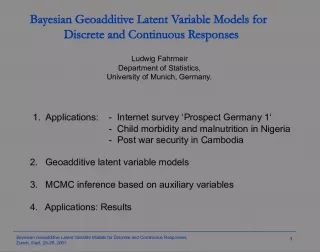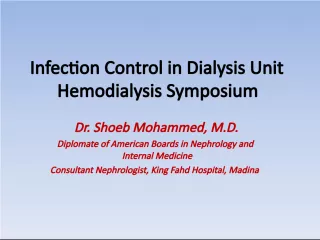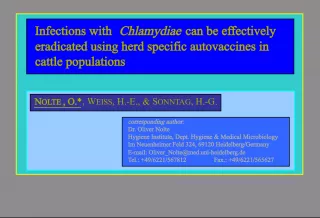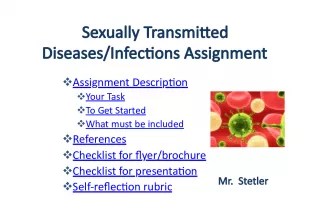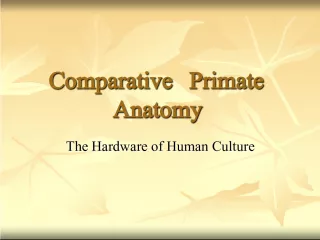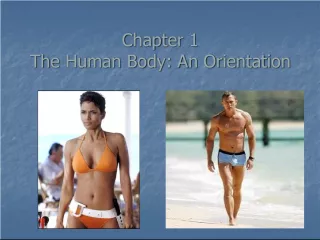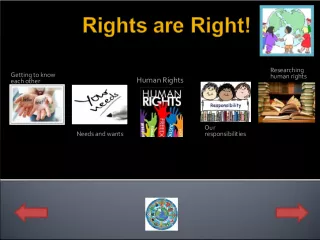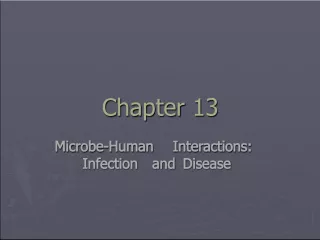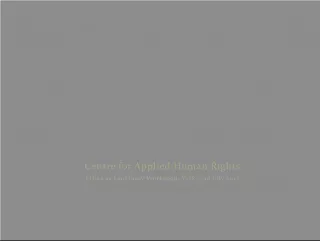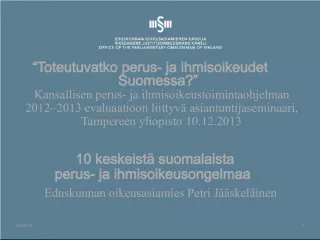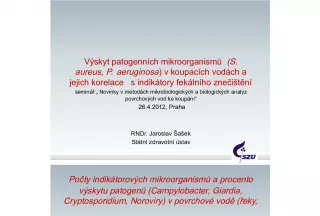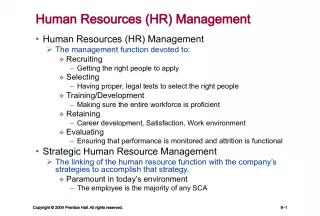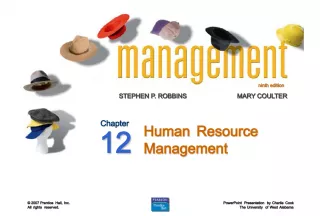Understanding Latent Infections in Retroviruses and XMRV as a New Human Retrovirus


This article discusses latent infections in retroviruses where the viral genome is present but not transcribing mRNA for structural proteins. It also elaborates on XMRV, a new human retrovirus, which has distinct branches within non-ecotrophic MLVs.
- Uploaded on | 0 Views
-
 ernieokon
ernieokon
About Understanding Latent Infections in Retroviruses and XMRV as a New Human Retrovirus
PowerPoint presentation about 'Understanding Latent Infections in Retroviruses and XMRV as a New Human Retrovirus'. This presentation describes the topic on This article discusses latent infections in retroviruses where the viral genome is present but not transcribing mRNA for structural proteins. It also elaborates on XMRV, a new human retrovirus, which has distinct branches within non-ecotrophic MLVs.. The key topics included in this slideshow are latent infection, retroviral genome, XMRV, qPCR, phylogenetic analysis,. Download this presentation absolutely free.
Presentation Transcript
1. In latent infection- retroviral genome is present but is not transcribing viral genome or mRNA for structural proteins. Distinguished by qPCR (DNA) and qRT-PCR (RNA) Retroviral Life Cycle: Latent vs. Active infection In latent infection- retroviral genome is present but is not transcribing viral genome or mRNA for structural proteins. Distinguished by qPCR (DNA) and qRT-PCR (RNA)
2. Not a mouse contaminant XMRV is a new human retrovirus Not prostate cancer XMRV Not a mouse contaminant XMRV is a new human retrovirus Not prostate cancer XMRV Phylogenetic analysis revealed that XMRV isolates from prostate cancer and CFS form a distinct branch within non ecotronic MLVs
3. University Of Nevada, Reno Cleveland Clinic Bob Silverman and Javdip Das Gupta Vincent Lombardi Judy Mikovits Daniel Peterson Kathryn Hagen Max Pfost National Cancer Institute Sandra Ruscetti Frank Ruscetti Rachel Bagni Cari Petrow-Sadowski Bert Gold Michael Dean University of Nevada, Reno Sandra Ruscetti Frank Ruscetti Rachel Bagni Cari Petrow-Sadowski Bert Gold Michael Dean Bob Silverman Jaydip Das Gupta Vincent Lombardi Judy Mikovits Daniel Peterson Kathryn Hagen Max Pfost Detection of Infectious Xenotropic MuLV-Related Virus (XMRV)in Blood Cells From Patients With Chronic Fatigue Syndrome
4. C F S S t u d y C o h o r t R e p o r t e d i n S c i e n c e : Study cohort from the WPI national repository. Repository samples include samples from NV, CA, OR, FL, NC and NY as well as international CFS patients. Repository inclusion criteria: CFS diagnosis, regardless of severity 19-75 years of age Study characteristic: 67% women, reflecting gender incidence of CFS Mean age: 55 320 control samples from same geographic locations
5. Questions What cell types are infected? How is XMRV transmitted? Do infected individuals make an immune response? What are the interactions between XMRV and the innate immune system? Does XMRV infection alter the risk of cancer development in CFS? Can we develop immune based therapies for CFS based on XMRV?

